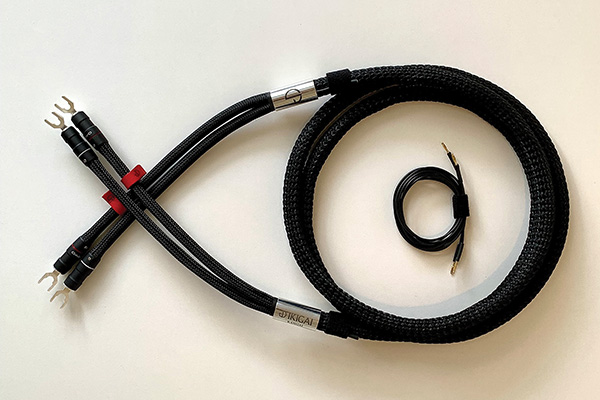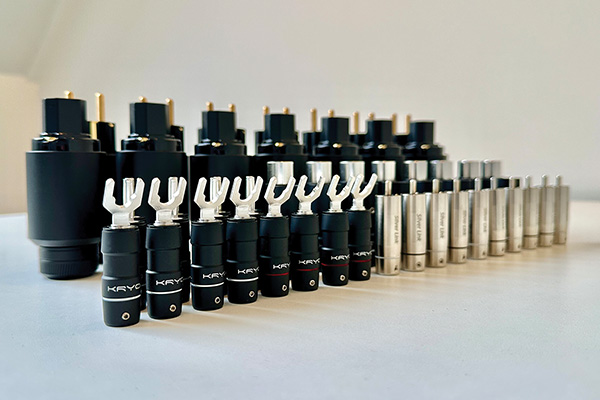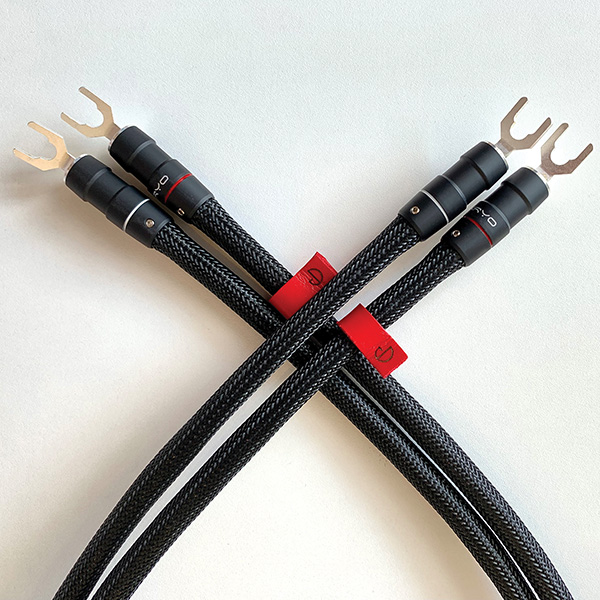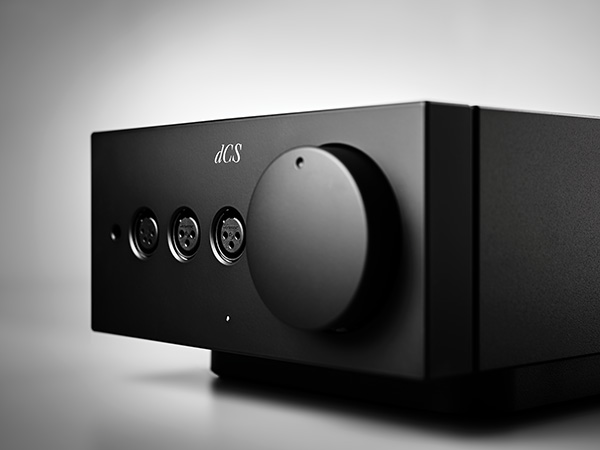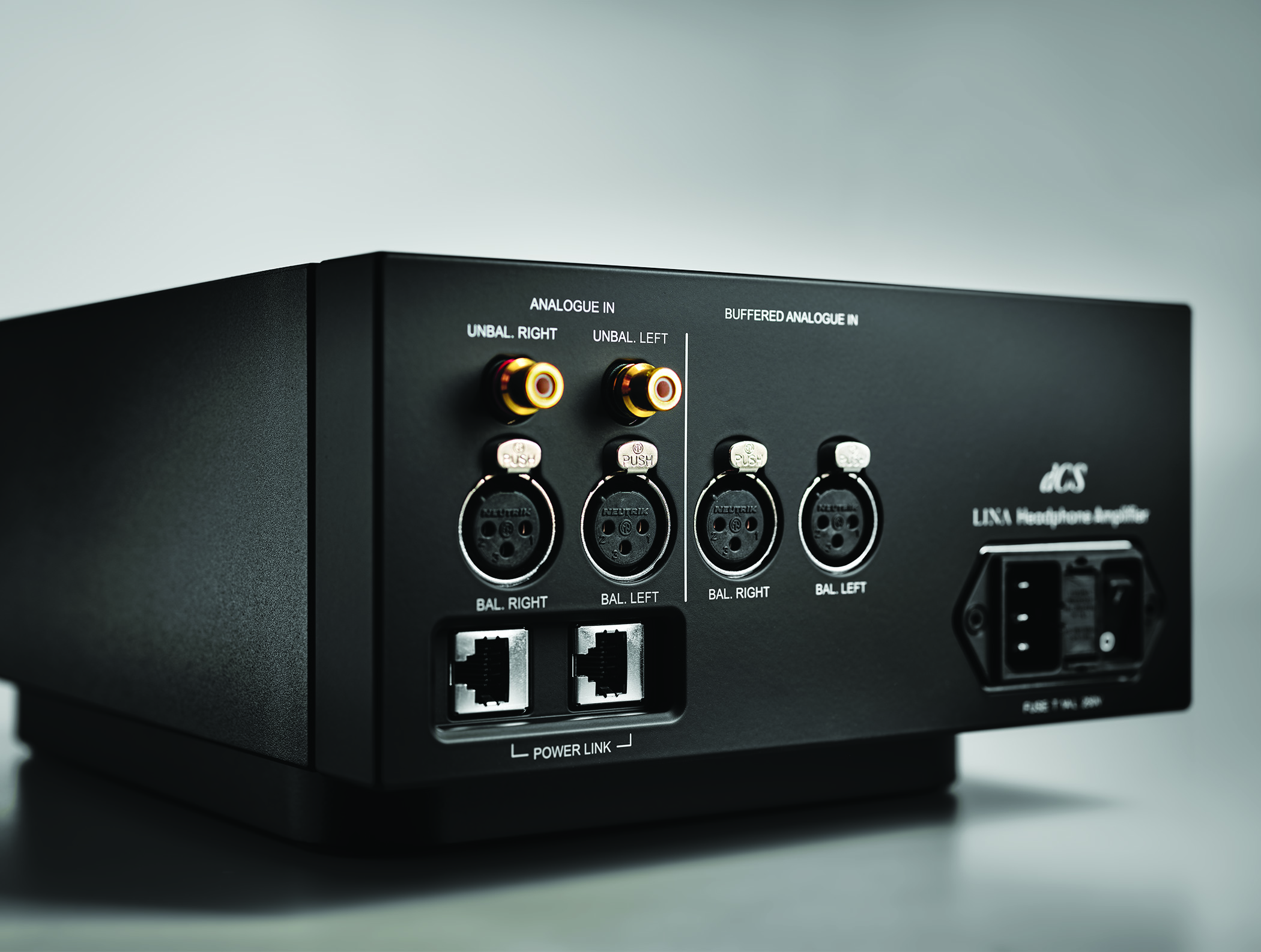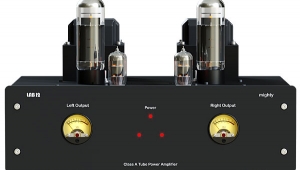| Columns Retired Columns & Blogs |
Is this for real? Is this serious? You get goosebumps, tears and a laugh (only) because the equipment you using is decadently expensive and disproportionate in relation to everything else? And not because the emotion in the music? So it's about the equipment and not about the music? So only the richest can enjoy music? Get goosebumps, tears and a laugh? You can buy them? Btw how expensive are the pants you are wearing? The clock on your wrist? What arrogant and condescending to everyone else (not having these cables and headphone amplifier). Fortunately it says nothing about all those other music lovers.

